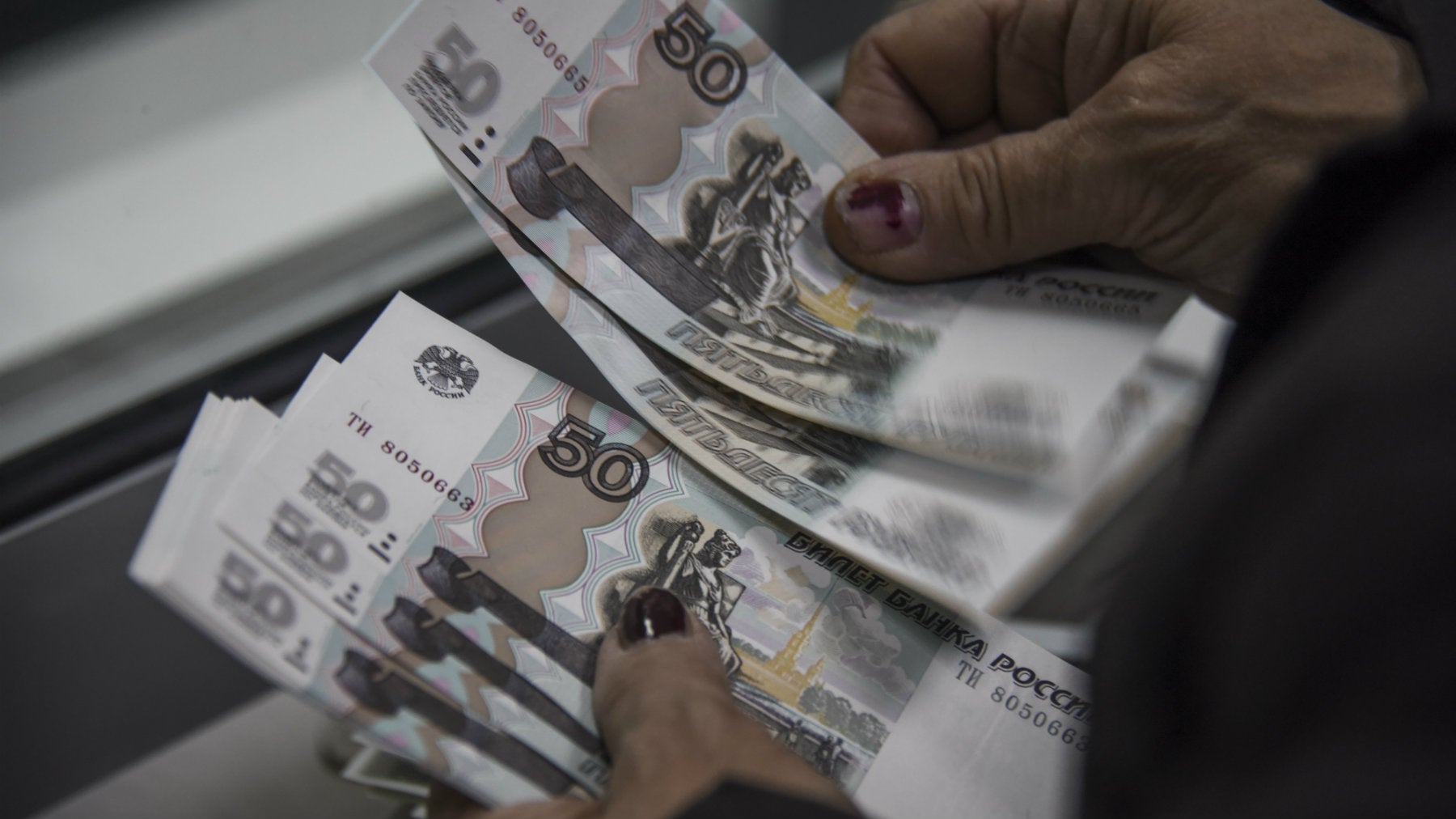Oil is dragging the Russian ruble to depths unknown
As a general rule, the Russian ruble goes as oil goes. And with Brent prices crashing below $29 a barrel for the first time since 2003, the ruble has repeatedly hit new record lows this year. One unit of Russian currency buys about 1.2 US pennies, or $0.012.


As a general rule, the Russian ruble goes as oil goes. And with Brent prices crashing below $29 a barrel for the first time since 2003, the ruble has repeatedly hit new record lows this year. One unit of Russian currency buys about 1.2 US pennies, or $0.012.
When oil prices started falling in mid-2014, the ruble quickly joined in, since the start of that year, the former is down nearly 75%, while the latter has lost 60%. Although much of the focus in oil markets has been on the ongoing standoff between OPEC and US producers, Russia also depends heavily on crude for governmental revenue and its economy has been driven to recession because of its decline.
And because the ruble is weaker, that makes Russian debts issued in foreign currencies harder to pay back. That’s especially relevant in light of the borrowing binge some Russian companies went on before sanctions related to the conflict in Ukraine cut off the supply of US dollars.
And Russia is far from the only country dealing with difficulties because of crude’s slide. Saudi Arabia, largely seen as the chief instigator of the crude crumble, is extremely dependent on oil money. The country has long pegged the riyal to US dollar, but confidence in the peg is flagging as the country has been eating into foreign exchange reserves quickly. Should that peg break, Russia’s plummeting ruble might have some company.